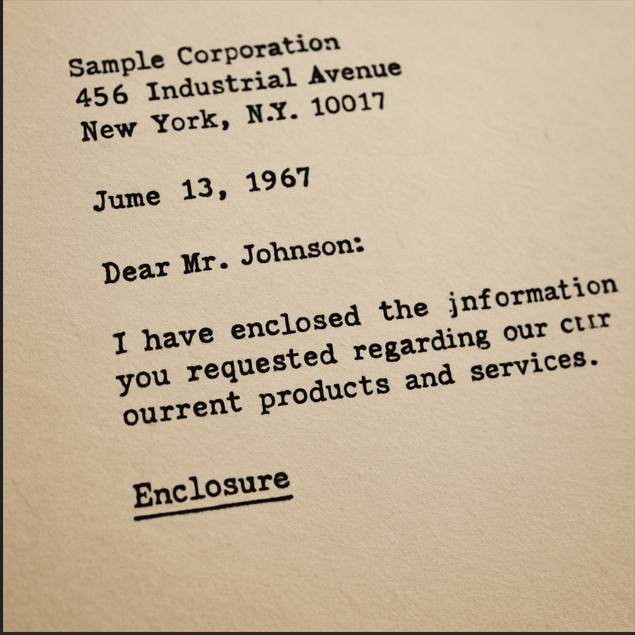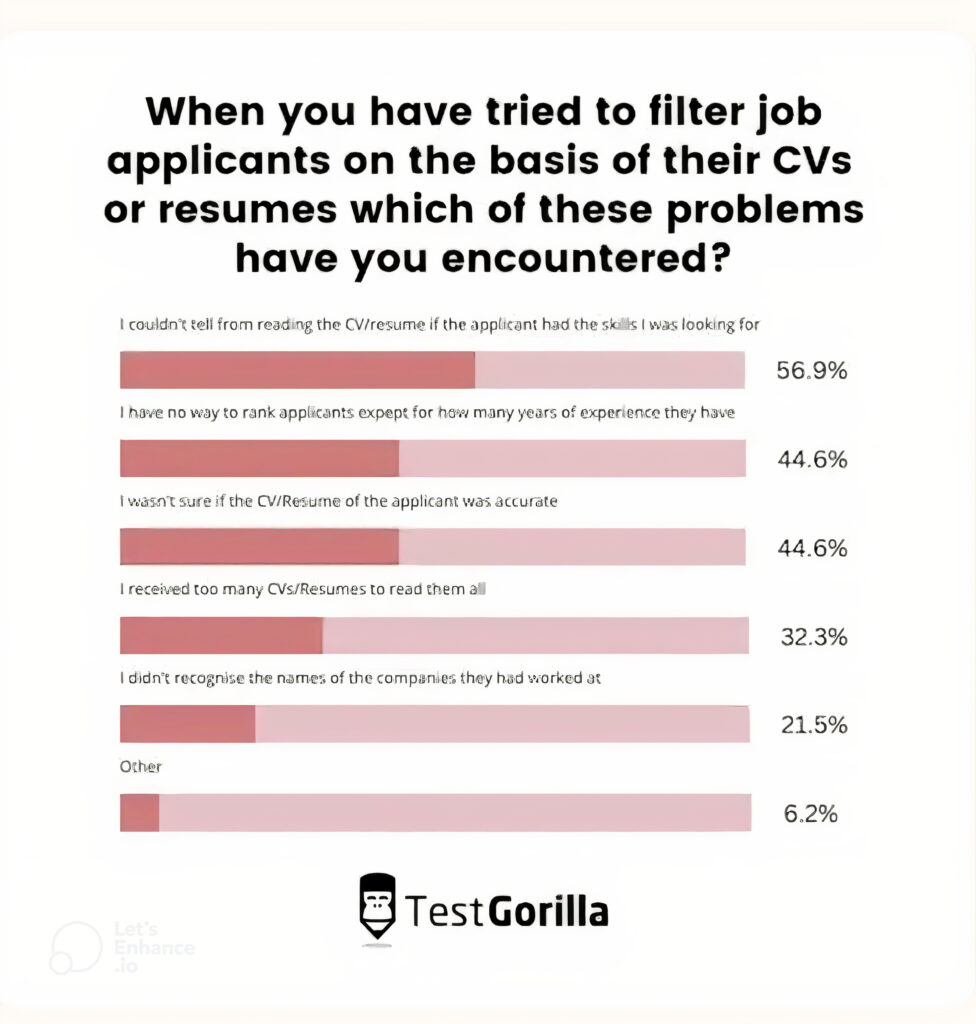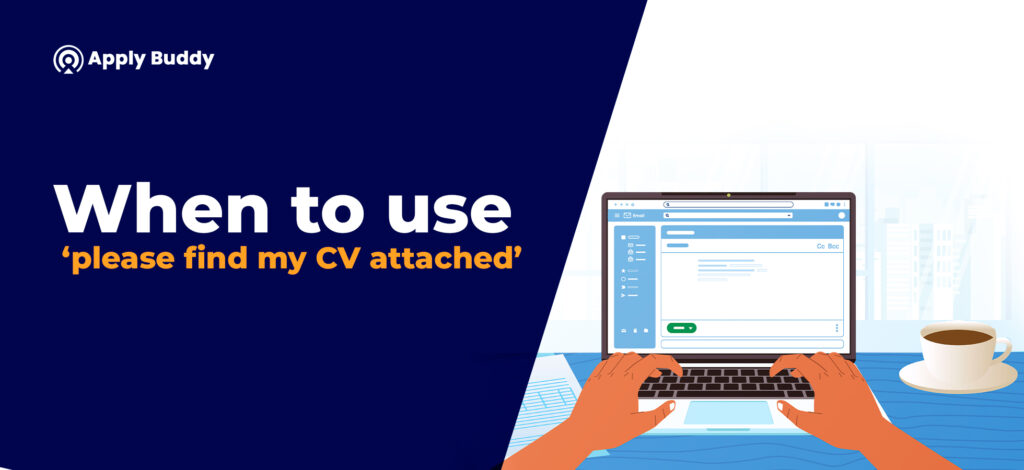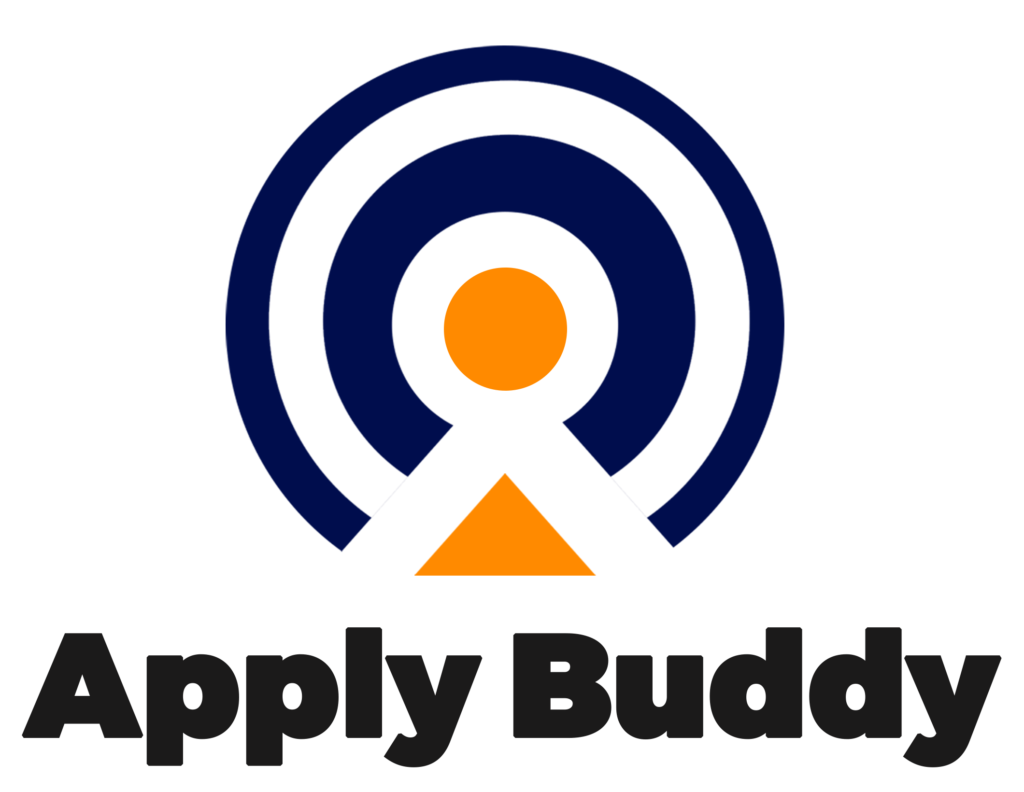When to use ‘please find my CV attached’ is a question many job seekers ask when trying to make the right impression through email.
Let’s face it sending your CV professionally can make or break your application. If you’re wondering what to write in CV email body or need help crafting a polite way to say CV attached, you’re in the right place.
In this article, I’ll walk you through the meaning of this phrase, when it’s best to use it, and formal job application tips that can improve your chances.
So, what’s the right move? Keep reading to learn how to attach resume to email the smart way. These insights are perfect whether you’re a first-time applicant or switching careers.
What ‘Please Find My CV Attached’ Really Means
Simply put, when to use ‘please find my CV attached’ is a formal flag that you’ve included your CV. It clearly points a busy recruiter to your qualifications.
Although knowing how to write a CV that gets noticed by recruiters can boost your chances of landing an interview.
The statement stacks neatly with traditional business correspondence. But note: it can feel stuffy in casual industries.
This phrase tells the reader exactly where to look. And you know what? Many recruiters still expect it in formal applications. In essence, it’s a respectful heads-up.
On the other hand, if you crave a fresher tone, you might choose “Attached is my CV” instead both work, but context matters.
Origin and Context of the Phrase

First off, think about classic business letters: “Envelope enclosed, kindly find attached.” You may be wondering: why drag that relic into email? Well… not really.
Email borrowed etiquette from snail mail days. Paper memos listed enclosures to prevent lost attachments. So what’s the bottom line? that phrase migrated into digital job applications, too.
Imagine this: you’re a hiring manager, juggling fifty emails you need direct clarity.
A clear cue like When to use ‘please find my CV attached’ or “I’ve attached my resume” can save your reader time. Now: it feels formal, but for industries like law or finance, that formality shines.
Want to know the best part? clarity never goes out of style.
Why It’s Still Used in Job Applications
You’ve sweated blood to craft a standout profile, so why hold back on clarity? Let me When to use ‘please find my CV attached’ shows respect for a recruiter’s time and process.
In other words, it’s polite, precise, and universally understood. On the other hand, overly casual phrases risk confusion or appear sloppy.
And you know what? For roles in government, academia, or traditional corporate sectors, formality signals fit. Here’s why: formality equates to professionalism key when hiring committees compare dozens of sample job application emails.
By the way, this approach reduces follow-up questions like “Did you attach it?” so no back-and-forth. Bottom line: clarity + courtesy = credibility.
When It’s Appropriate and When It’s Outdated
Choosing When to use ‘please find my CV attached’ hinges on your audience.
First, do consider industry standards: law and finance lean formal; tech and creative roles often prefer casual flair.
Here’s the deal: if you’re emailing a corporate recruiter, stick with ‘please find my CV attached’ or “Attached is my CV”.
But wait, there’s more… startups love direct hooks like “Please see my résumé below.” An ultra-formal tone at a laid-back firm can feel out of place.
For example, when applying to a digital agency, you can swapp When to use ‘please find my CV attached’ for “I’ve attached my resume, let me know your thoughts!” So: gauge the company culture, then adjust your phrasing accordingly.
Read Also:
When and How to Use the Phrase Correctly
Let’s get to it: knowing When to use ‘please find my CV attached’ is only half the battle. After all, 86% of professionals prefer business communication via email, so pairing your phrase with a concise message is essential.
Start with a friendly greeting, state your interest, then note the attachment.
For instance: “Hello [Name], I’m excited to apply for [Role]. When to use ‘please find my CV attached’, you’ll find my qualifications enclosed.”
And then do a brief call-to-action. Finally, sign off professionally. Best of all, this format works whether you’re sending a CV attachment email sample to HR or a hiring manager.
Emailing a Recruiter or HR Professional
Now hang on a minute! when emailing recruiters, clarity is king. You must know how to write mails for job applications.
Start with “Dear [Name],” then express enthusiasm for the position.
Here’s the kicker: drop in ‘please find my CV attached’ right before your sign-off.
For example: “Please find my CV attached for your review.” Or even better: “Attached is my CV highlighting my relevant experience.”
Recruiters handle hundreds of emails daily. Want to know more about ‘attach resume to email example’? direct cues cut through the noise.
Plus, including keywords like how to send CV via email professionally in your subject line boosts visibility.
That’s right: a clean structure, greeting, two sentences of intent, attachment note, sign-off makes you memorable.
Submitting Through a Job Board or Portal

When you upload on portals, attachments get auto-linked, so phrasing shifts. Here’s the thing: most portals don’t show your email body, only the file.
So what does this mean to you? mention the attachment in the portal’s message box. For instance: “Hello, I’m applying for [Role]. Please find my CV attached for your review.” And bada bing, bada boom you’ve covered bases.
Some portals strip formatting, so keep it plain. Adding Email with resume attached in the portal’s notes section saved one of my applications when the file didn’t upload correctly.
Especially since 33% of recruiters say they receive too many CVs via email, making filtering difficult, so clarity is key.
Bottom line: reference the attachment wherever there’s space, even if the system auto-names it.
Applying for Traditional Roles vs Modern Companies
It’s true! formal sectors value time-honored phrases. For example: in banking, law, or government roles, lead with ‘please find my CV attached’. Modern firms prize personality spo, trade formality for friendly flair.
Think about it: “I’ve attached my resume, can’t wait to discuss how I can help your team!” is a good one. On the other hand, don’t go overboard with emojis or slang.
In case you might be asking yourself: but what about in-between industries? Simply put, research the company’s tone from LinkedIn posts, Glassdoor reviews, or website copy offers clues.
Choose Attached is my CV for a hybrid approach. Trust me. Striking the right tone opens doors.
Check out:
- difference between a supporting statement and a cover letter
- how to write a cover letter for a specific job
Alternatives to ‘Please Find My CV Attached’
Several modern alternatives convey the same message without sounding stiff. For instance: “I’ve attached my resume for your consideration,” or “Please see my CV attached.” What’s more is, you can even say, “My résumé is attached, looking forward to your feedback.”
Or even better: “I’ve included my CV below for easy reference.” By the way, when to use ‘please find my CV attached’ entirely can streamline your message. Choose phrasing that aligns with your personal brand and the company culture.
More Modern and Polite Ways to Phrase It
Ever noticed how small tweaks change tone? Swap “find” for friendlier verbs. For example: “Please see my attached CV,” “I’ve included my résumé,” or “Kindly review the attached document.”
Do you see where we’re going with this? these options soften formality while maintaining professionalism. But note: keep it concise, what to write in CV email body should be just two lines.
For instance: “Hello [Name], I’m excited to apply for [Role]. Please see my attached CV and let me know if you need anything else.” And then do a closing: “Thanks for your time,” or “Looking forward to hearing from you.”
Now, these alternatives work across sectors, from creative startups to consultancies, ensuring your message always lands perfectly.
Sample Phrases to Use Instead
Want to know the best part? you can mix and match. Here are a few examples:
- “Attached is my CV, let me know if you have any questions.”
- “I’ve attached my resume for your review; thanks for considering my application.”
- “Please find my résumé attached to this email; I look forward to discussing next steps.”
- “Kindly see the attached CV highlighting my relevant experience.”
Sounds familiar? these variations sprinkle in secondary keywords like CV attachment email sample and sample job application email naturally.
Using active verbs (“see,” “review,” “consider”) makes your request clearer. Best of all, each example stays under one line, keeping your email scannable and crisp. And you’re good to go.
When to Avoid Mentioning Attachments Altogether
Think about it. sometimes, mentioning attachments is redundant, especially in plain-text applications. For instance: some ATS systems display your upload beneath your message automatically.
So what’s the point? including “please find my CV attached” can clutter the body.
In other words, less can be more. But why? because hiring teams see the file anyway. Skip the note and write a powerful first sentence: “I’m thrilled to apply for [Role] at [Company].”
Instead of the attachment you can focus on how long a cover letter should be to ensure brevity.
Moreover, you save precious space for showcasing your pitch. Still not convinced? if you apply via LinkedIn’s built-in feature, mentioning attachments is unnecessary.
On the other hand, always double-check the system: if your upload fails, you’ll need that heads-up phrase. Ultimately, know your platform.
Read Also:
Tips for Professional CV Email Etiquette
Solid etiquette makes you shine. A polished email body, crisp subject line, and clean attachment note set you apart, writing an ideal cover letter can make youstand out to recruiters.
For example: subject: “Application for [Role], [Your Name]”; opening: “Hello [Name], I hope you’re well.” Then: “Please find my CV attached.”
Plus, always proofread, proofread your message and CV for typos.
By the way, name your file professionally (e.g., John-Doe-CV.pdf). Finally, keep paragraphs short and courteous.
Proofread Your Message and CV
Let’s be honest: typos are deal-breakers. You know what? Count how many times a small mistake cost you an interview. Here’s the bottom line: what to write in CV email body must be flawless. This is a basic email etiquette for job seekers.
Reading aloud catches errors fast. Use built-in spell check and then a fresh pair of eyes, ask a friend to review. And then do one final check on your attachment: open the PDF and verify formatting.
Or even better: send a test email to yourself to ensure the file opens correctly. Trust me. these extra steps take minutes but save major embarrassment. Best of all, they reflect your attention to detail, an invaluable trait to any employer.
Don’t forget that your CV format matter also
Use a Professional File Name
Here’s something we can both agree on: file names matter. If you name your résumé “Resume_Final_FINAL.pdf,” recruiters cringe. So stick with a clear format: FirstName-LastName-CV.pdf or FirstName_LastName_Resume.pdf.
That’s right: consistent naming helps you stand out. This small detail aligns with formal job application tips, it shows you’re organized. A recruiter would prefer “Jane-Doe-CV.pdf” cos it will make searching and saving easy.
Want to know the best part? if your file name matches your email subject (“Application for UX Designer-Jane Doe-CV”), it’s impossible to lose. And then, you’ve nailed professional presentation without extra effort. Now you’re ready to impress before they even open your file.
Keep Your Tone Courteous and Concise
Look: hiring managers skim emails in seconds.
And with 71.5% of people checking email on mobile devices, keeping your note short and scannable is critical.
Short, polite messages win. Avoid slang, jargon, or “Hey!” greetings. Instead, start with “Dear [Name]” or “Hello [Team].”
Then: one line of enthusiasm, one line noting your attachment (“Attached is my CV for your consideration”), and a courteous sign-off (“Best regards”).
Hello Ms. Smith,
I’m thrilled to apply for the Marketing Coordinator role. Please find my CV attached. Thank you for your time—looking forward to discussing next steps.
Best regards,
Your Name
Now: that’s both direct and friendly. It really is that simple.
See Also:
- how to tailor your job search to your ideal career path
- How to Use Keywords to Optimise Your CV for Specific Job Postings
Take the Leap

Confused about the structure of a winning CV, or too busy to get one. Then trust Applybuddy. Get professionally tailored CV, cover letter, linkedin, interview prep as well as jop application service. In short, get assisted from start to finish for a seamless and productive search.
FAQs
- Is ‘Please find my CV attached’ too formal?
It can be seen as formal, ideal for traditional industries (law, finance, government). If you’re applying to a startup or creative role, consider softer alternatives like “I’ve attached my resume.” - Can I say ‘Attached is my CV’ instead?
Absolutely. “Attached is my CV” conveys the same meaning and often feels slightly more modern. Either version works when you need a clear cue. - What should I write in the email body when sending a CV?
Keep it to two or three sentences: a greeting, your interest in the role, a note on your attachment (e.g., please find my CV attached), and a brief sign-off. See our examples under “When and How to Use the Phrase Correctly.” - Do I need to mention my CV attachment if I’m applying via LinkedIn?
Usually not. LinkedIn’s portal auto-attaches your document. However, if you include a custom message, a brief “I’ve attached my résumé” won’t hurt, just keep it concise.
